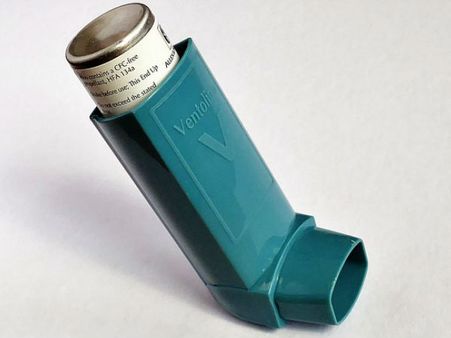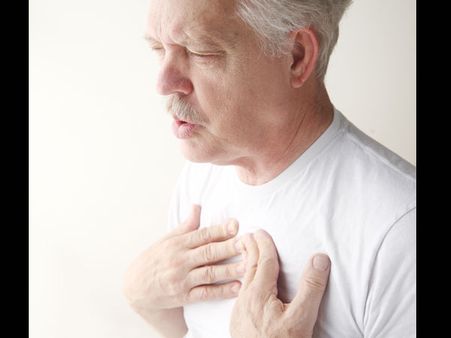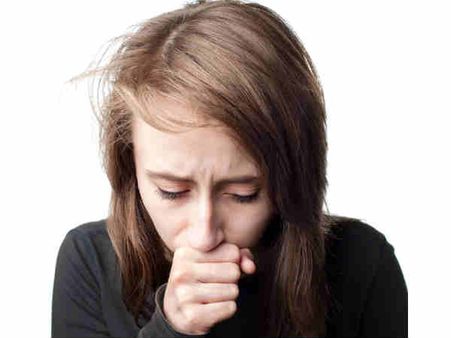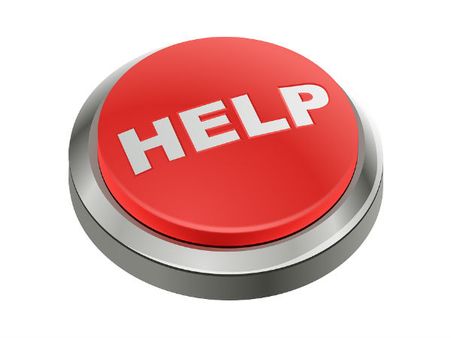Just In
- 30 min ago

- 1 hr ago

- 1 hr ago

- 1 hr ago

Don't Miss
- Technology
 Garena Free Fire Max Redeem Codes for April 24, 2024: Get Access to the Latest In-game Loot
Garena Free Fire Max Redeem Codes for April 24, 2024: Get Access to the Latest In-game Loot - News
 TS Inter Results 2024 Out: Class 11 Pass Percentage 60.01%, Class 12 64.19%
TS Inter Results 2024 Out: Class 11 Pass Percentage 60.01%, Class 12 64.19% - Finance
 Gold Prices India: 10 Grams Of 22K Yellow Metal Jumps After Falling By Rs 2000
Gold Prices India: 10 Grams Of 22K Yellow Metal Jumps After Falling By Rs 2000 - Automobiles
 India's Motorcycle Market 2023-24: Hero Splendor Leads Amidst Diverse Preferences
India's Motorcycle Market 2023-24: Hero Splendor Leads Amidst Diverse Preferences - Education
 Kerala SSLC Results 2024: How and Where to Check the Results
Kerala SSLC Results 2024: How and Where to Check the Results - Movies
 MET Gala 2024: WHO Will Host The Exclusive Fashion Event THIS Year?
MET Gala 2024: WHO Will Host The Exclusive Fashion Event THIS Year? - Sports
 IPL 2024: No Place For Sanju Samson in Irfan Pathan's 15-Member Indian T20 World Cup Squad
IPL 2024: No Place For Sanju Samson in Irfan Pathan's 15-Member Indian T20 World Cup Squad - Travel
 Fly in Luxury: 10 Ways to Get Free Flight Upgrades
Fly in Luxury: 10 Ways to Get Free Flight Upgrades
How To Stop Wheezing Without An Inhaler?
Wheezing has turned quite common these days and we definitely see plenty of people around us who are troubled by this issue. Wheezing is referred to as a symptom of a respiratory disorder. This occurs with a tightening in the throat. Although treatable, wheezing can appear to be quite annoying and bothersome.
What Is Wheezing?
When a person has wheezing, he or she makes a high-pitched sound while breathing. Mostly heard when you exhale, in severe cases it can be during inhaling as well. Early diagnosis of why wheezing has occurred as a symptom is essential so that the breathing problem that is the root cause of wheezing can be diagnosed and treated.

Narrowed airways is the primary reason why wheezing happens. When wheezing occurs, it could be indicating the presence of:
•
Asthma
•
Chronic
obstructive
pulmonary
disease
•
Sleep
apnoea
•
Vocal
cord
dysfunction
•
Emphysema
•
Gastroesophageal
reflux
disease
•
Lung
cancer
•
Heart
failure

How Does An Inhaler Help During Wheezing?
Treating wheezing requires controlling the inflammation in the airways and opening up the breathing tubes. Anti-inflammatory medicines are prescribed to decrease the inflammation and also to reduce the excess mucus present in the airways. This prescribed medication comes in the form of inhalers.
These asthma inhalers are created to have an effect on the small airways present in the lungs. The relief inhalers are a must have for a quick and short-term relief from the symptoms of wheezing. Most of the time, a medicine called albuterol is administered through the use of the inhaler to keep the symptoms of wheezing under control.

How To Stop Wheezing If You Do Not Have An Inhaler?
If you are prone to wheezing issues and depend on the use of the inhalers to relieve the symptoms, then it would be a nightmare to imagine having to pass through a wheezing episode without an inhaler with you.
However, with health conditions, one should be prepared for the worst, so that your mind can help you keep your cool such that you can take measures accordingly. If for any reason you do not possess an inhaler when wheezing strikes, you could use the below-mentioned techniques to attain quick relief.

Sit upright
When you face a wheezing attack, immediately stop whatever you are doing and get into a sitting upright posture. Do not bend over or lie down as this can make breathing more difficult.

Take long deep breaths
The best way to clear the congestion is by taking long and deep breaths. You can also indulge in yoga-inspired breathing techniques. The breathing exercise is designed to follow a regular inhalation and exhalation.
During a panic attack, a person finds it difficult to breathe. This is where a breathing exercise can help you focus on slow and deep breathing right into the stomach. Long, deep breaths prevent hyperventilation by slowing down your breathing. Focus on breathing in through your nose and breathing out through your mouth.

Try to relax and stay calm
Anxiety and panic can make breathing more difficult. Hence, you need to stay calm and try out techniques such as breathing exercises and steam inhalation for quick relief. Staying calm will prevent the chest muscles from becoming tightened. This makes breathing easier.

Move away from the causes/triggers
Asthma and breathing allergies get worse when triggers are around. Controlling your exposure to these triggers can help a great deal. Avoid allergy triggers if you have a chronic respiratory condition. Allergy medications can be taken for immediate relief. This would clear up tight chests, inflammation and congestion. Dust, smell of chemicals and cigarette smoke are usually the prime triggers. Move to a place with clean air.

Inhale steam
This is one of the most effective home remedies. Inhaling moisture-rich, warm air can be soothing and would clear up the sinuses ultimately opening up the airways. You can pour hot water in a large bowl and then breathe in the steam. For extra moisture, place a towel over your head. You can also add a few drops of menthol to the water to make the steam more powerful. Take deep breaths to make the steam work better.

Consume hot beverages
Hot drinks can loosen the airways. It relieves the built up congestion. To improve the symptoms, add honey (about a teaspoon) to a hot drink. Honey is anti-microbial and anti-inflammatory. You can try peppermint or menthol teas as well.

Call emergency if the condition is worse
Even if after a period of rest, the wheezing and breathing difficulty does not seem to subside, then you should reach out to your healthcare provider immediately. When wheezing is accompanied by chest pain or signs of anaphylaxis, then the person should not wait any longer, and instead seek medical help immediately.
-
 wellnessExpert Article On COPD: Ayurvedic Treatment And Management Of Chronic Lung Illness
wellnessExpert Article On COPD: Ayurvedic Treatment And Management Of Chronic Lung Illness -
 kidsIs Wheezing In Children A Sign Of Asthma? Types, Causes And Treatments
kidsIs Wheezing In Children A Sign Of Asthma? Types, Causes And Treatments -
 disorders cureWheezing: Symptoms, Causes And Treatment
disorders cureWheezing: Symptoms, Causes And Treatment -
 disorders cure7 Ways To Reduce Your Wheezing Naturally
disorders cure7 Ways To Reduce Your Wheezing Naturally -
 wellness20 Cancer Symptoms That Women Are Likely To Ignore
wellness20 Cancer Symptoms That Women Are Likely To Ignore -
 wellnessIs Your Breathing Trouble Asthma Or Something Worse?
wellnessIs Your Breathing Trouble Asthma Or Something Worse? -
 wellnessDifference Between Asthma & Wheezing
wellnessDifference Between Asthma & Wheezing -
 kidsCough And Cold Medication May Harm Kids
kidsCough And Cold Medication May Harm Kids -
 healthCommon Allergy Triggers In India: Stay Informed And Stay Healthy
healthCommon Allergy Triggers In India: Stay Informed And Stay Healthy -
 wellnessBenefits & Uses Of Mustard Oil In Winter: Check Several Health Benefits And Ways To Use It
wellnessBenefits & Uses Of Mustard Oil In Winter: Check Several Health Benefits And Ways To Use It -
 disorders cureMonsoon Allergies: Types Of Common Allergies During The Season And Ways To Manage Them
disorders cureMonsoon Allergies: Types Of Common Allergies During The Season And Ways To Manage Them -
 wellness25 Natural Home Remedies For Allergies: You Might Not Be Knowing About Number 19
wellness25 Natural Home Remedies For Allergies: You Might Not Be Knowing About Number 19


 Click it and Unblock the Notifications
Click it and Unblock the Notifications



